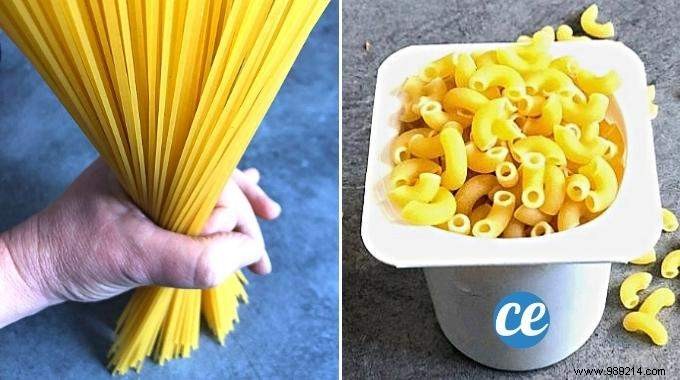
Today, we're going to see together how to properly dose the pasta without scale .
Because I don't know about you...
But me before, I always did too much or not enough!
Result, or it was a mess or everyone would starve.
Luckily, a cook buddy gave me his tips for knowing how much pasta per person to have.
In fact, it's super simple and since then I've never been wrong again.
I therefore reveal his tricks to know how much pasta to make per person . Watch:
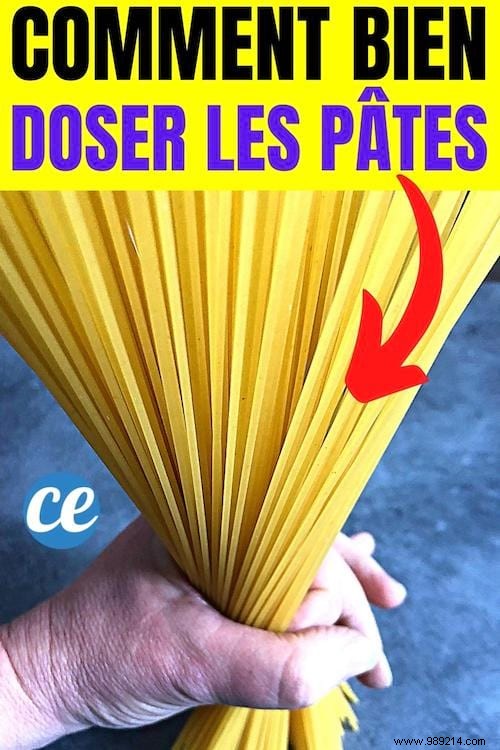

For starters, did you know that you should always measure pasta when it's raw?
Yes, once cooked, the volume and weight of the pasta doubles.
Then the dosage varies if it is the main dish or a side dish.
If you eat pasta as a main course, you need 100 g of raw pasta per person.
Depending on appetite, it can vary between 80 and 120 g.
I confess that at home, it's more like 120 g... than 80 g!
If you are 4 big eaters at the table, that's almost 500 g, or a whole packet.
And for the accompaniments then, what is the dosage?

Are you going to have pasta on the side?
So you have to plan less than for a main course.
60 g of dry pasta per person is enough.
It is the ideal quantity to accompany meat or vegetables.
Be careful, if you cook your pasta to make a soup, you have to have an even lighter hand.
The dosage is then as follows:50 g per person.
But that's not all!
Because the dosage is also different if it is dry pasta as we have just seen...
Or fresh.
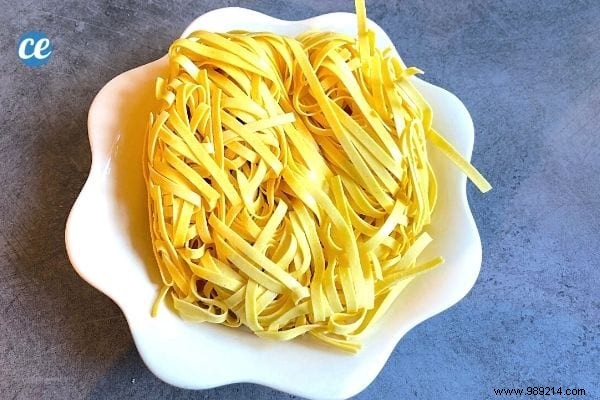
Yes, the fresh ones are heavier.
And unlike dry pasta, it won't take on any bulk or weight when cooked.
So take it into account.
Concretely, you have to provide the same quantity of fresh pasta as what you want on your plate.
So for one person, you can plan between 120 and 180 g of fresh pasta as a main course.
And if it is an accompaniment, 100 g is enough.
Now that you know how much pasta to make...
You are probably wondering how to measure this quantity.
Actually, it depends on the pasta!

If, like most people, you don't have a scale at home, no worries!
You just need your hand to know how much to put in the pan.
If it's for an accompaniment, your index finger must touch the base of your thumb.
If it's for the main course, your index finger should be able to touch the knuckle of your thumb.
This is the right amount of spaghetti as a main course for one person.
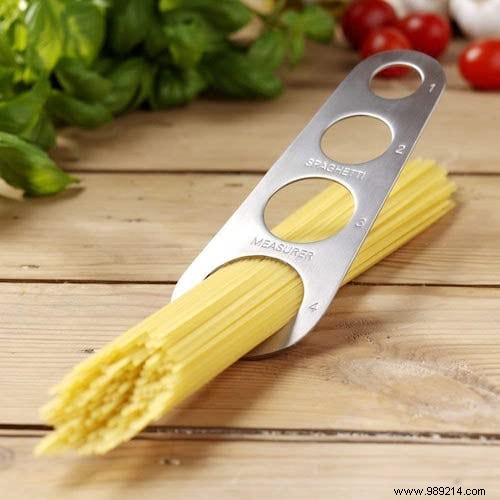
If you want to be more precise, you can invest in a spaghetti doser.
It is the ideal kitchen utensil to measure the precise dose of spaghetti you need.
What is practical is that they have 4 holes to measure up to 4 portions of pasta.
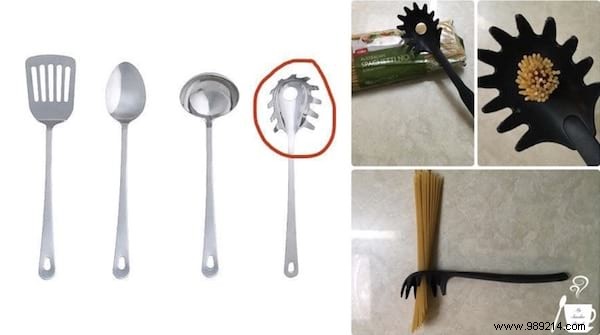
Another tip:use the hole in the middle of the spaghetti spoon.
This hole is precisely there to measure the quantity of spaghetti for 1 person. Clever isn't it?
Just put the spaghetti in the hole in the middle of the spoon.
And presto, you have the quantity for 1 person.
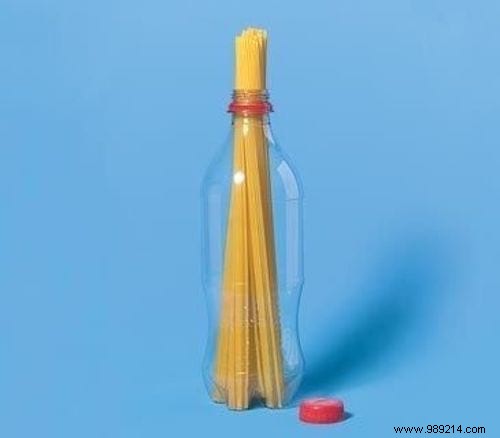
Did you know that you can also measure the amount of pasta with a plastic bottle?
How? 'Or' What ? It's quite simple.
The diameter of the neck of a small plastic bottle is about 2 cm, which corresponds to a portion for 1 person.
However, do not use a large plastic bottle!
Otherwise you risk not being able to get the pasta out of the bottle...
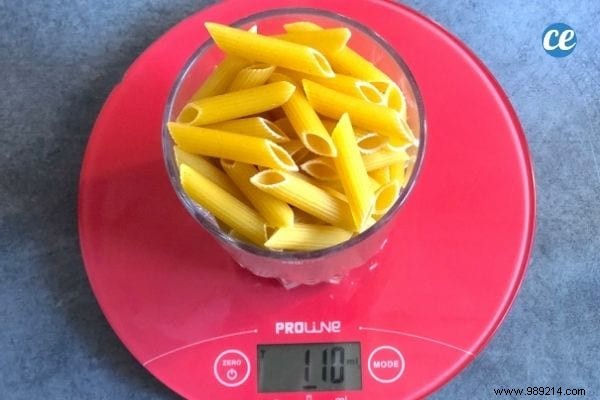
To measure the penne, a kitchen scale is not necessary!
1 portion of penne for 1 person corresponds to 1 mustard glass .
On time ! Convenient, isn't it?
And if it's an accompaniment, it's 1/2 glass.
And the good news is that it's the same for pasta that has roughly the same shape.
I am thinking of farfalle, fusilli, conchiglie, macaroni...
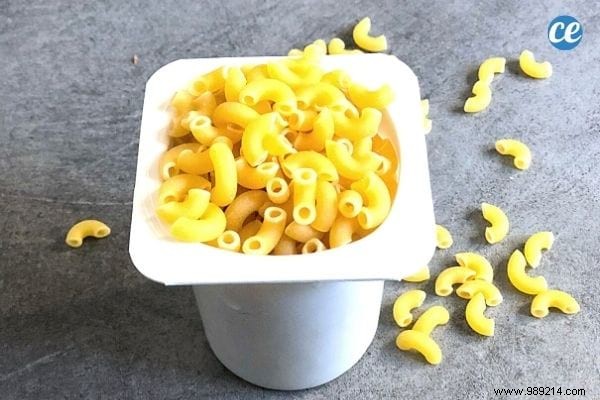
Watch out for shells!
Since they are so small, the dosage is a bit different.
If you don't have a scale, use a pot of yogurt .
Fill it with shells. And you have the right dose for one person for a main course.
For an accompaniment, count half a pot.
Easy and convenient!
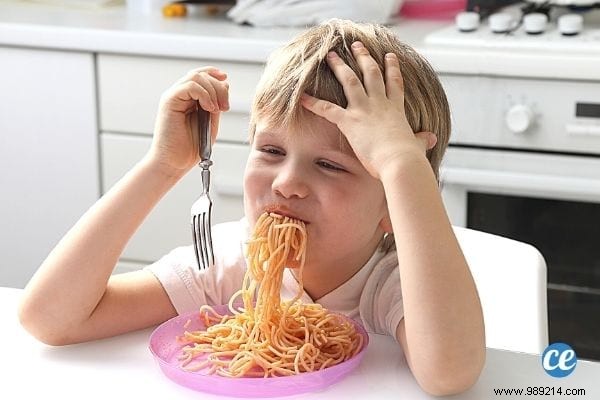
Pasta is often the favorite dish of children.
But for them, of course, you have to plan a little less.
Below 3 years, 30 g is enough.
Between 3 and 10 years, prepare 30 to 60 g.
And for teenagers, we make between 60 and 100 g.
Remember to accompany them with green vegetables and meat for a balanced meal for your children.
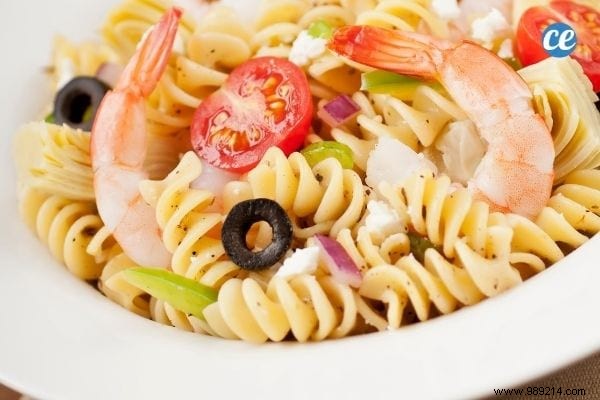
Have you made too much pasta? You have leftovers ?
It's not serious. Above all, don't throw them away !
Leftovers are very practical for making meals quickly in the evening, after a long day at work.
You can also take the opportunity to pack your lunch snack at work and save money.
For example, you can prepare a gratin or a mixed salad.
And they keep very well in a food container suitable for the fridge.
And even in the freezer.
And know that expired uncooked pasta can still be eaten without danger to your health.